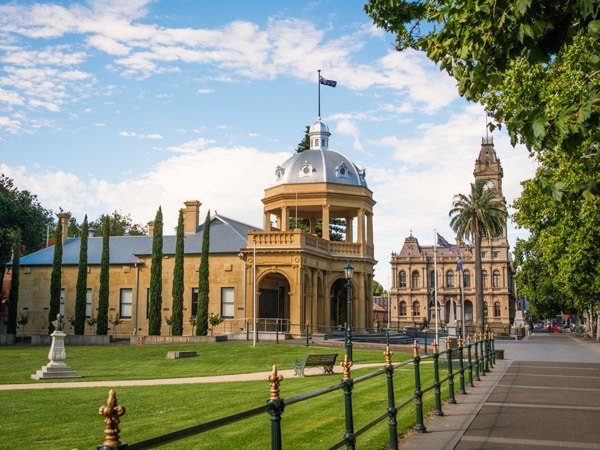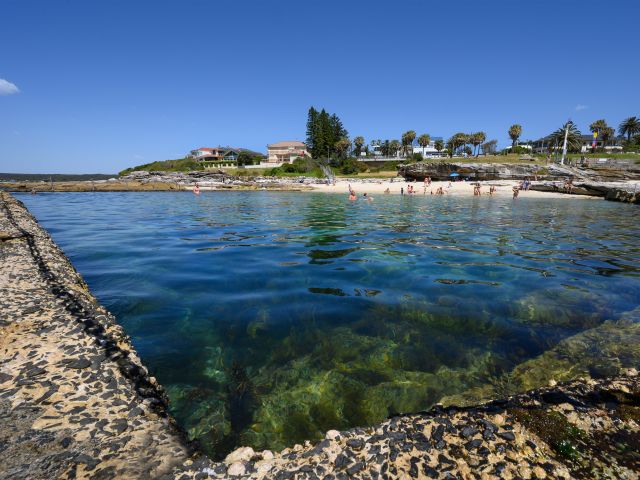When it comes to epic train journeys, Australia is a lucky country.
Australia’s train journeys are more than just a way to get from A to B. Many are steeped in history and take in some of the country’s most beautiful scenery. And there’s nothing quite like watching the landscape roll by from the window seat.
However, for a country famous for its epic train journeys, we often take our passenger trains and regional railways for granted. Here are six unsung train journeys that warrant an excursion, from regular commuter trains to sections of outback railway.
1. The South Coast Line, NSW
Journey time: Two hours and 10 minutes.
For lucky locals on the NSW South Coast, the train line that connects Sydney, Wollongong and Kiama is just an everyday mode of transport. But it also takes in some of the prettiest views of the country as it skirts the Royal National Park before following the glittering ocean.
Enjoy the scenery as the train winds down to Kiama, where you can alight to explore blowholes, beaches and whale-watching spots.

2. The XPT, Qld to NSW
Journey time: Five hours.
XPT is short for “express passenger train". These trains connect the East Coast’s state capitals as well as the regional hubs of Casino, Grafton and Dubbo.
On a jaunt between Brisbane and the blissful coastal town of Coffs Harbour, you’ll journey through the emerald Byron Hinterland, forests of stringy gumtrees and rolling pastures flecked with grazing sheep and livestock. It’s the stuff of dreams.
For those who want to experience the same scenery in total comfort, The Great Southern is a luxury train adventure that passes through the region on its journey between Brisbane and Adelaide.

3. Melbourne to Ballarat, Vic
Journey time: One hour and 55 minutes.
The V Line train from Melbourne to Ballarat is certainly a picturesque one. On the way to this UNESCO Creative City of Crafts and Folk Art, you’ll traverse rolling golden plains, farmland and native bush.
Ballarat railway station is a heritage relic, with most of its original 19th-century features still intact. Spend a day wandering around the heritage streetscapes and be sure to drop into the country’s oldest regional art gallery.

4. The Gulflander, Qld
Journey time: Five hours for a full trip. Two hours for short trips.
Affectionately dubbed the train from “nowhere to nowhere," The Gulflander is a passenger train between the outpost towns of Normanton and Croydon in Northern Queensland. The entire line is isolated from the rest of Queensland’s railway network, making this a unique and truly remote adventure.
Along 151 kilometres, the train takes in outback scenery that’s stunning in its sprawling vastness. Both stations of Normanton and Croydon are heritage-listed, making this a great one for history buffs.
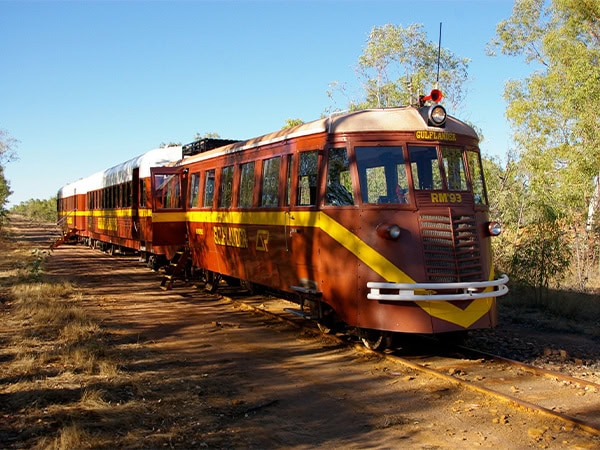
5. The North Coast Line, NSW
Journey time: One hour and 20 minutes.
Taking the beauty of the Hawkesbury River by rail is a special sight to behold as the train skirts along the river’s edge. From the window, you can admire the little river shacks perched upon the shores, the boat-flecked bays and the dense native bushland.
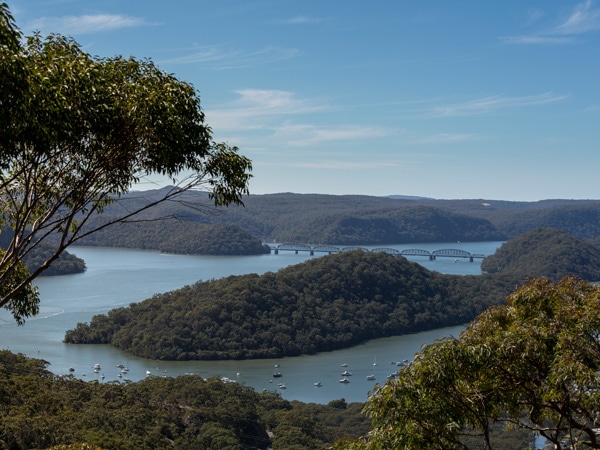
On this journey, you’ll cross the Hawkesbury Bridge, a 19th-century feat of engineering that was the final jigsaw piece to connect the railway between Adelaide, Melbourne, Sydney and Brisbane.
On the kilometre-long ride over, it feels as if you’re hovering over the water. There’s an express from Sydney to Woy Woy, or take the regular route and alight at Hawkesbury River station to explore the charming town of Brooklyn.
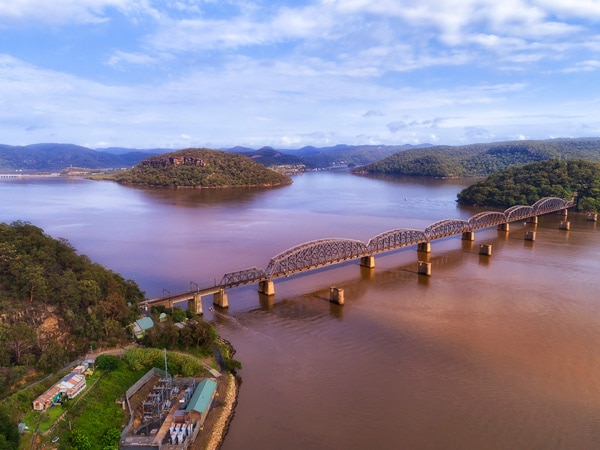
6. Melbourne to Bendigo, Vic
Journey time: Two hours.
There are plenty of reasons to visit Bendigo. Australia’s fourth-largest regional town won the title of Australia’s top town this year, due to its impressive arts, culture and food scene in a heritage backdrop.
And to add to that, the train ride from Melbourne is a picturesque one, as you pass through the Macedon Ranges and pretty gold rush towns on the way.
